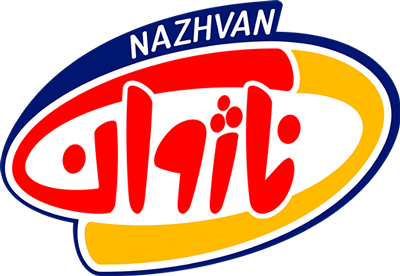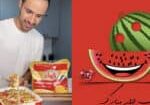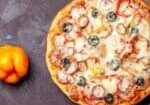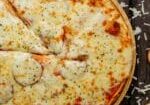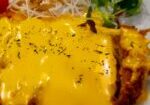Najvan Processed Cheese: A Unique Taste with a Consistent Texture
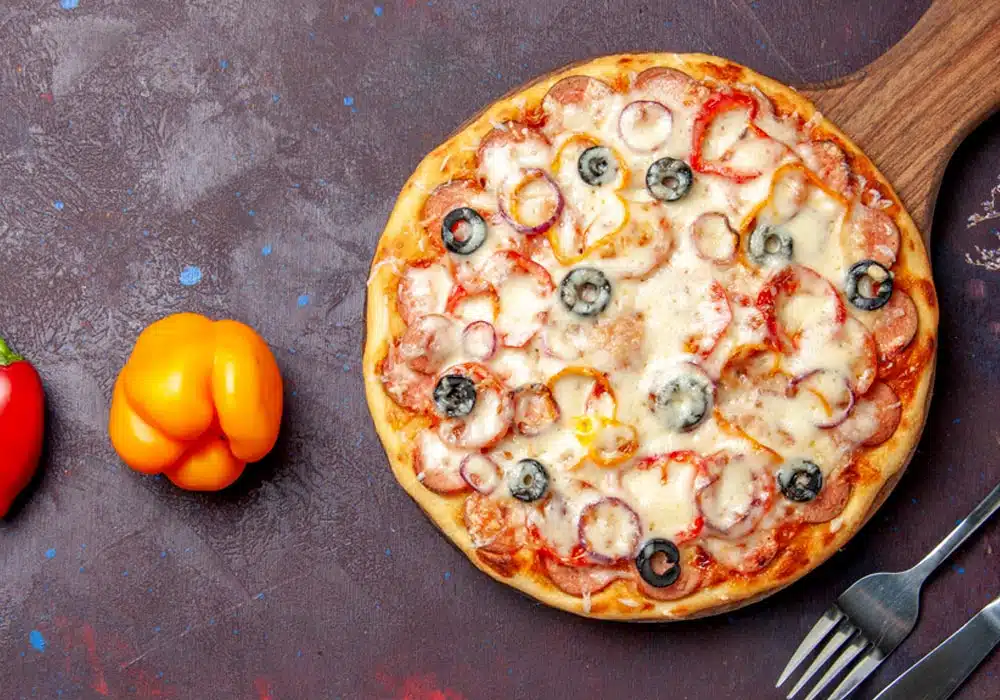
The right mix of fat and proteins along with the use of emulsifier salt, makes the texture of the product even, and even though it is not elastic, it does not lose a bit of
The correct blend of fats and proteins, along with the use of emulsifying salts, ensures a uniform texture in the product. Although it lacks elasticity, it does not diminish its appeal in the slightest.
Instead of using milk, Najvan creates processed cheese by blending one or more types of high quality, fresh natural cheeses with different flavors, along with other dairy components, resulting in a mild-tasting cheese with a soft and spongy texture. The precise mix of fats and proteins, combined with emulsifying salts, provides a uniform texture, and despite its lack of elasticity, the .cheese remains highly appealing
This invention was created by James Kraft, a Canadian-American entrepreneur who first
.introduced the pleasure of processed cheese to Americans and then to the entire world
**?How is Najvan Processed Cheese Made**
**:Ingredients**
- Various types of aged cheese with different flavors
- Approved natural or artificial food coloring
- Emulsifying salts (these salts help in better dispersion of cheese proteins and provide a uniform
texture)
- Calcium phosphate (added to create a suitable texture, control moisture, and increase protein
content)
- Sorbic acid (as a preservative)
- Sodium citrate (for cheese elasticity and pH regulation)
- Enzymes and bacteria (to maintain flavor balance and improve cheese quality)
- Milk fat or cream
- Salt
- Whey
**:Production Process**
**Step 1: Raw Materials** .1
What stands out in processed cheese is the use of aged cheeses with various flavors. Najvan’s ability to utilize the best and highest quality cheeses for processed cheese production has been
.proven
**Step 2: Cooking** .2
The cheeses are first ground according to the desired flavor and then heated in double boilers with the addition of emulsifying salts (which help in better dispersion of cheese proteins and provide a uniform texture) at 90 to 95 degrees Celsius for 20 to 30 minutes. The cheeses melt due
.to this heat, and with continuous stirring, a uniform texture is achieved
**Step 3: Adding Salt and Other Flavorings** .3
Approved natural or artificial food coloring, other dairy components such as whey protein, salt,
.milk or cream (to increase fat), and flavorings are added at this stage
**Step 4: Cooling, Packaging, and Storage** .4
In this stage, the prepared cheese is rapidly cooled and packaged using special fillers. The cooling speed significantly impacts the texture quality. A key point that gives Najvan an advantage in this stage is maintaining the cheese temperature at 75 degrees Celsius. If the temperature
.drops, it can lead to a loss of uniform texture and increased risk of contamination
**Storage Conditions**
The shelf life of this cheese is longer due to the high salt content and production method compared to other cheeses. If wrapped in foil and stored in the freezer after packaging, it will
.remain usable for up to 6 months without any changes in taste or appearance
**Uses**
Najvan processed cheese, rich in Vitamin D3, is ideal for use in various dishes such as pasta,
lasagna, salads, sausages, cold cuts, chicken or beef ham
